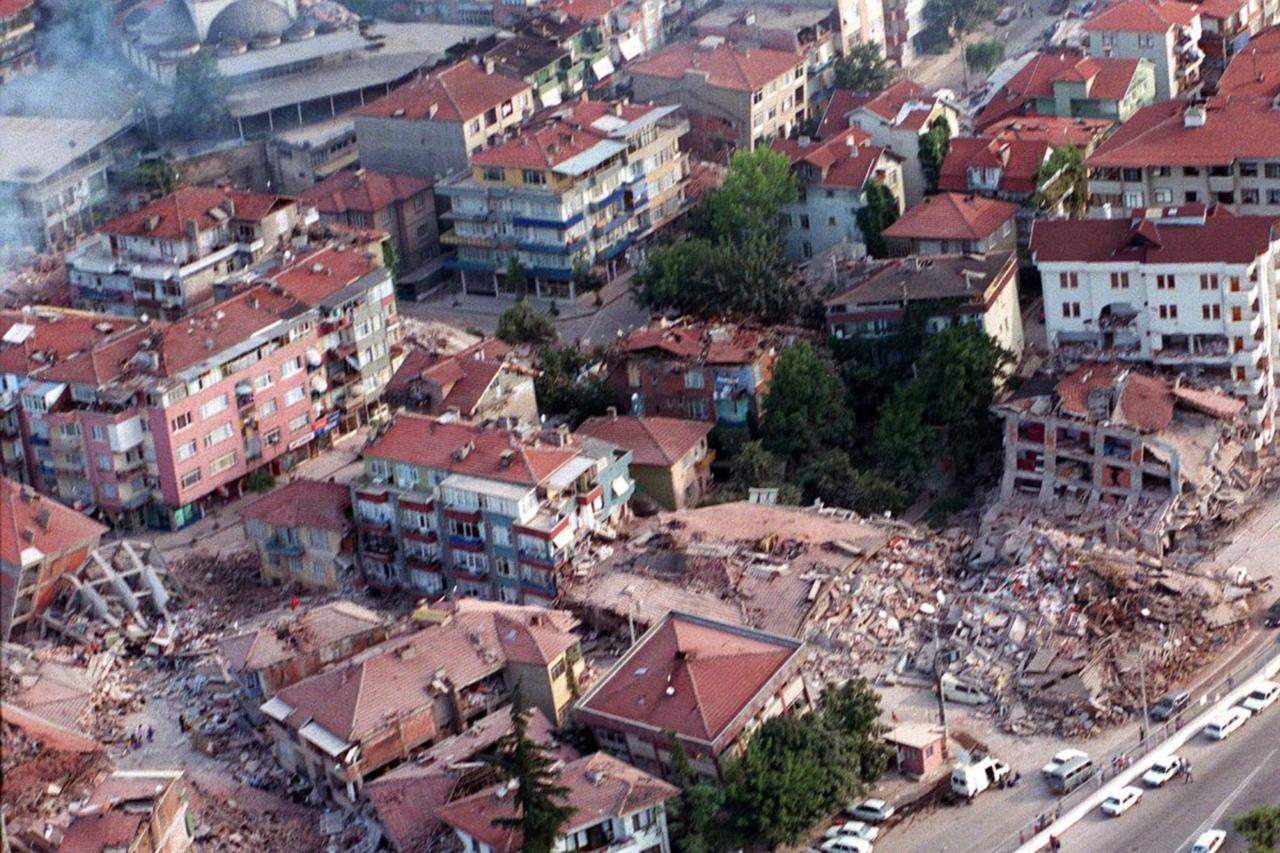
On Aug. 17, 1999, at 3:02 a.m. local time, a 7.5 Mw (moment magnitude) earthquake centered on Golcuk in Kocaeli struck for about 45 seconds and tore through Türkiye’s Marmara Region, the country’s industrial heartland.
The quake was felt across a vast area, from Ankara to Izmir, and left a trail of collapse that survivors say they cannot forget.
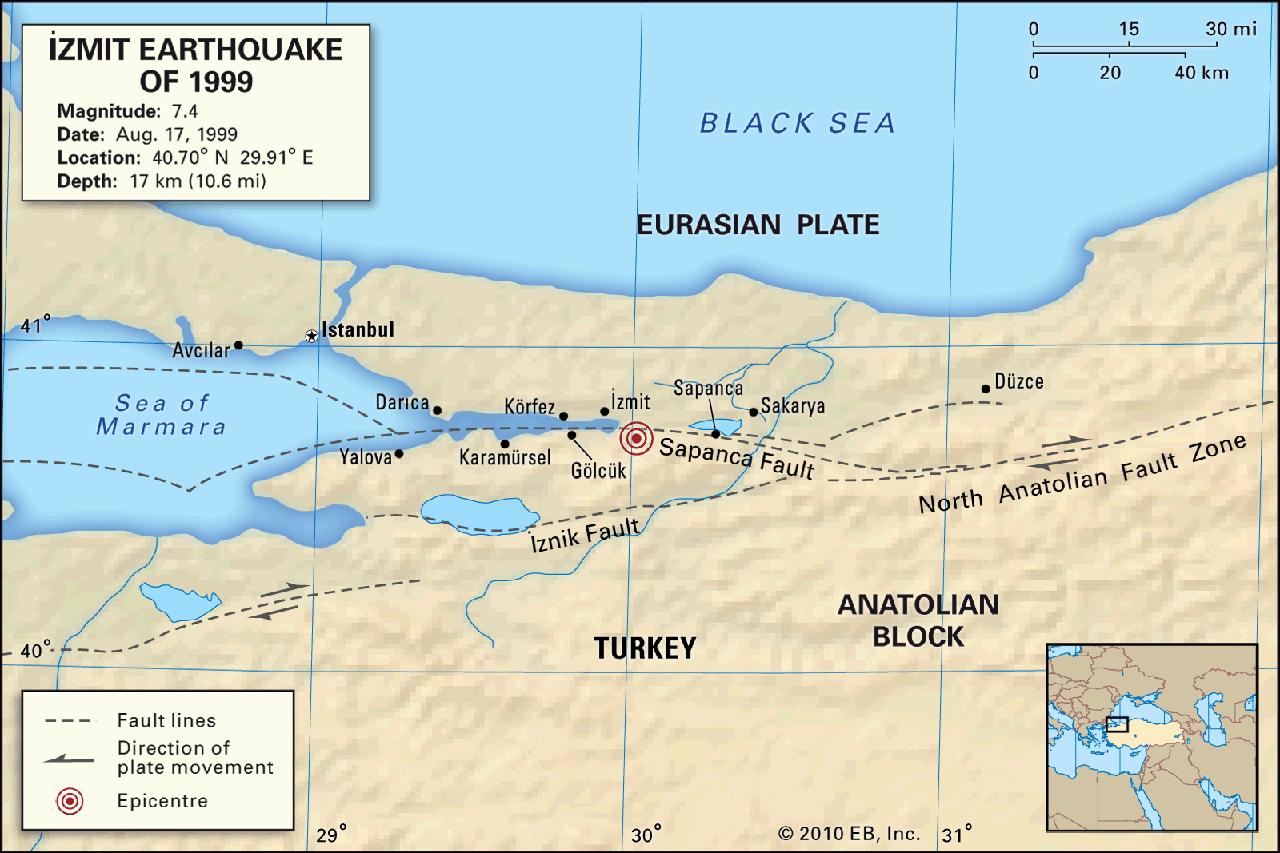
Official reports put the death toll at 17,480 with 23,781 injured. A 2010 parliamentary research report later revised the death toll to 18,373 and the injured to 48,901, noting 505 people were left disabled.
According to unofficial figures cited at the time, up to 50,000 deaths and close to 100,000 injuries were reported. Hundreds of thousands were made homeless as buildings gave way; the disaster affected around 16 million people.
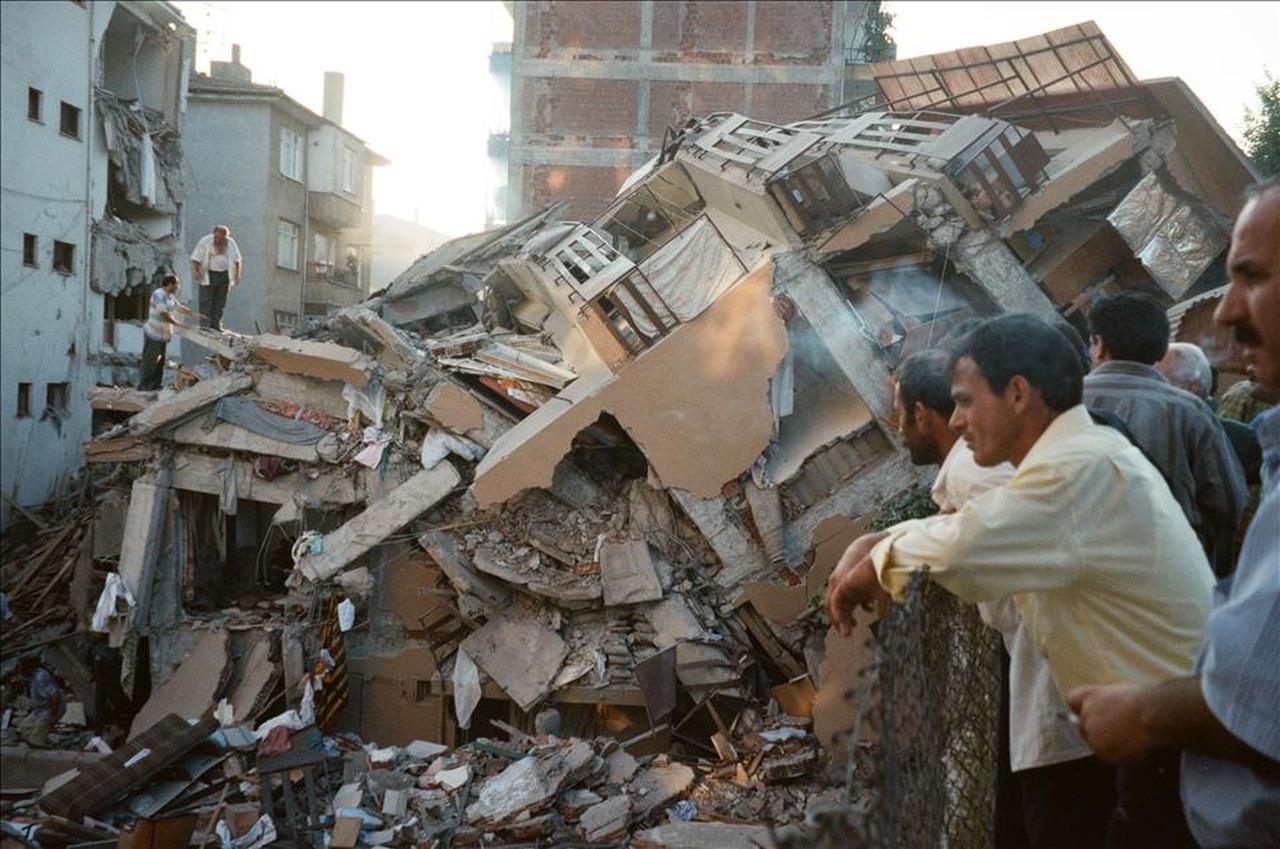
Accounts point to illegal or substandard construction, building on weak ground, and contractors cutting corners to save costs. Structures made with poor materials collapsed, while communications failed so badly that people could neither call nor check on loved ones.
The relief society Kizilay (the Turkish Red Crescent) was widely criticized for outdated tents and worn equipment. In the first days, with state institutions struggling, families buried relatives in mass graves without formal procedures.
Amid the silence that followed each aftershock, rescuers and neighbors listened for the plea heard everywhere: “Can anybody hear me?”
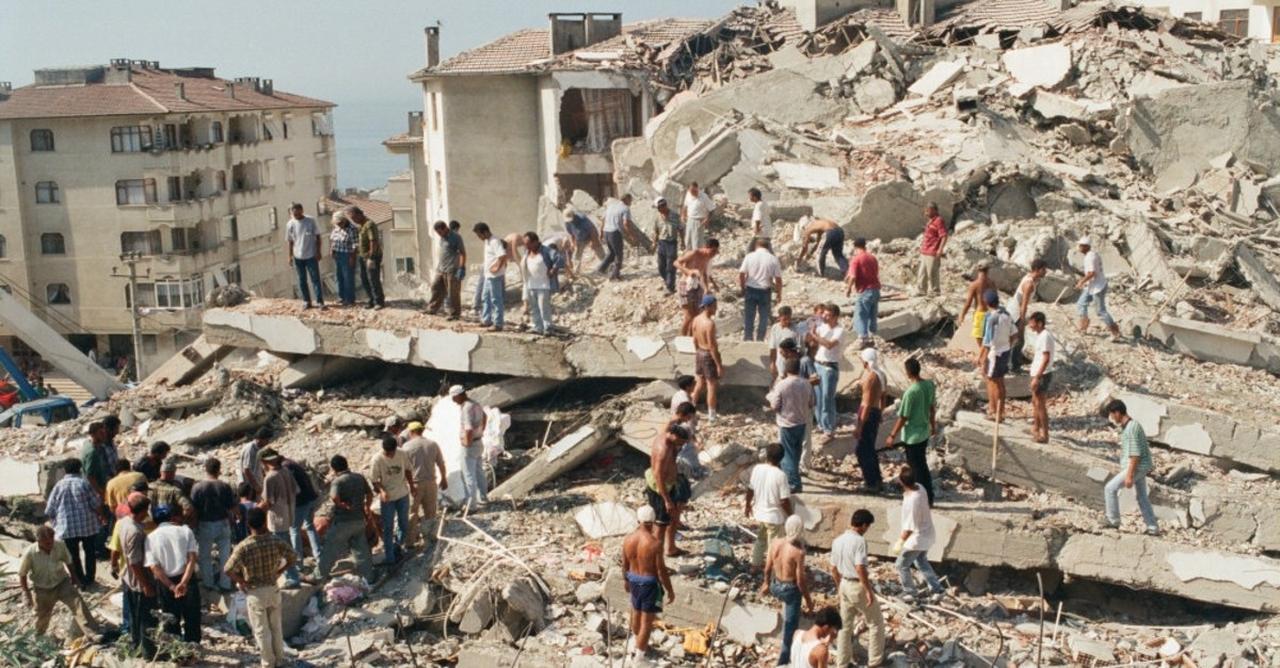
Roughly 2,100 cases were brought against contractors over buildings that failed. About 1,800 ended without penalty, many under the Conditional Release and Postponement Law, commonly known as the Rahsan Amnesty.
Around 110 cases led to sentences, many suspended, and numerous proceedings expired on 16 February 2007 when the seven-and-a-half-year limitation period ran out.
Examples included large death tolls in apartment blocks and a hospital, with several trials ending in time-bar decisions or suspended terms.
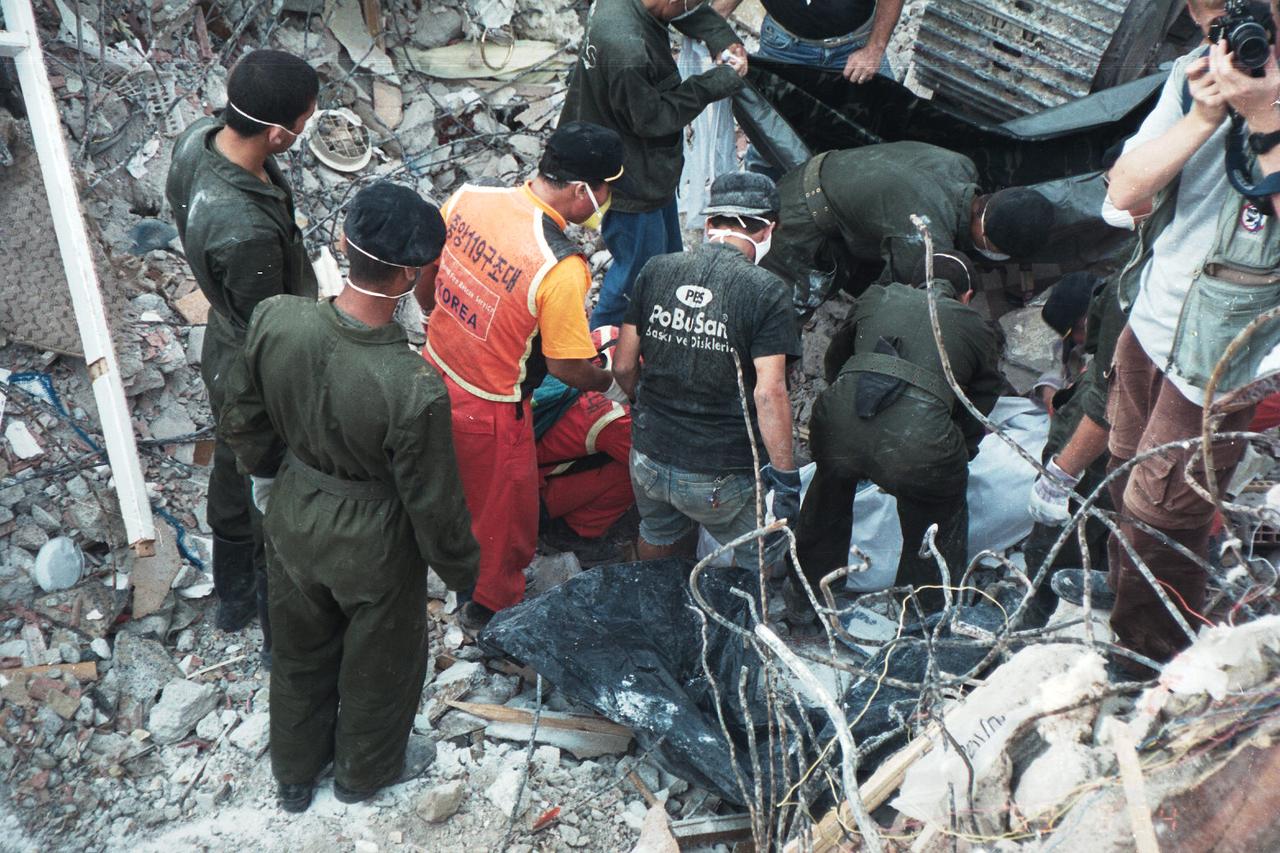
Search-and-rescue teams from abroad arrived as international solidarity picked up. In total, 52 countries sent assistance, from equipment and medical supplies to specialist crews.
Then, U.S. President Bill Clinton visited Izmit and a tent city in Dogukisla. Domestic debate flared after the health minister was reported to have declined offers from Greece and Armenia.
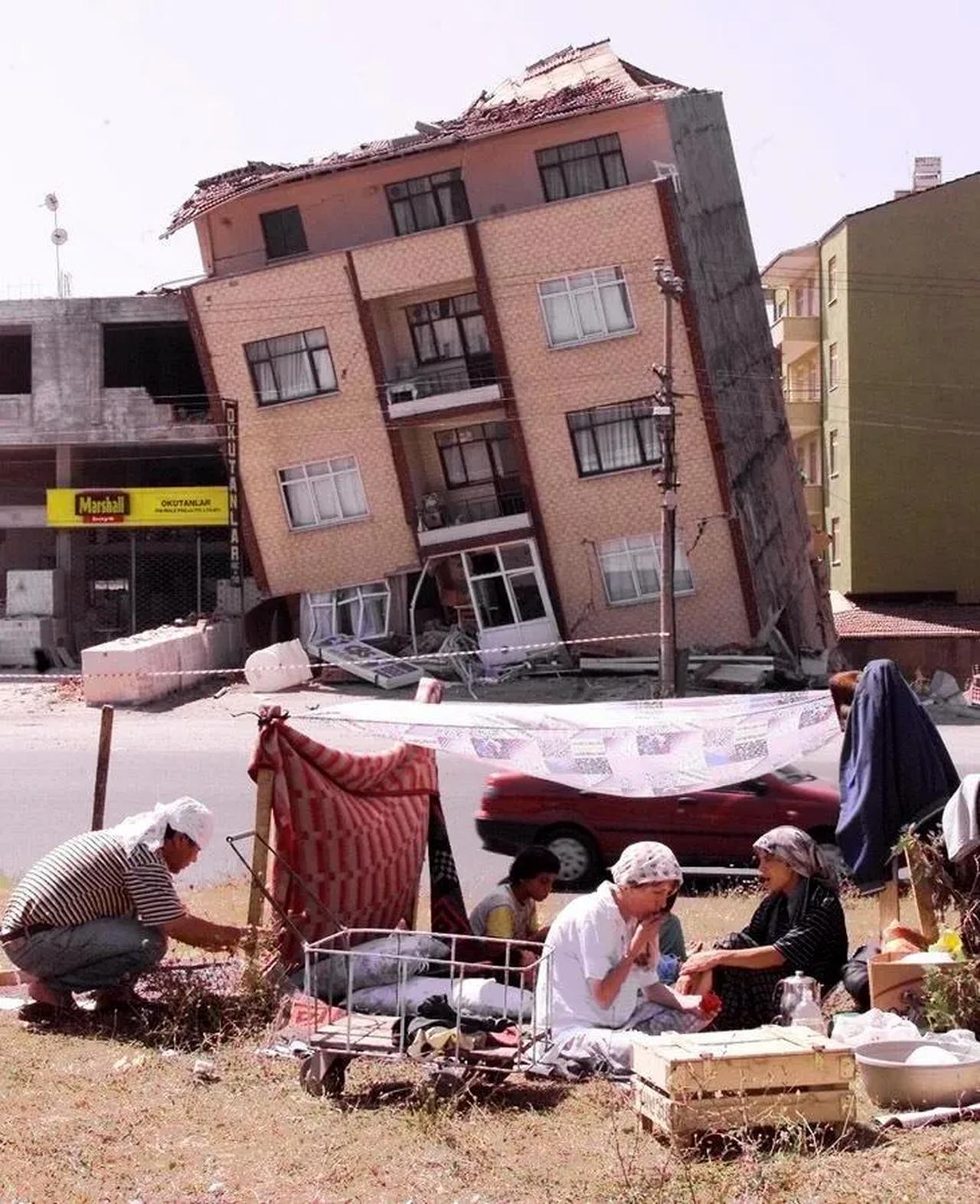
Authorities stressed that most of Türkiye’s land and population lie in earthquake zones, along with nearly all major industrial facilities and most dams.
The Marmara Region had seen strong earthquakes in 1943, 1957 and 1967, and the 1999 disaster reinforced expectations of future events consistent with the fault’s behavior. Measures introduced afterward included mandatory earthquake insurance.